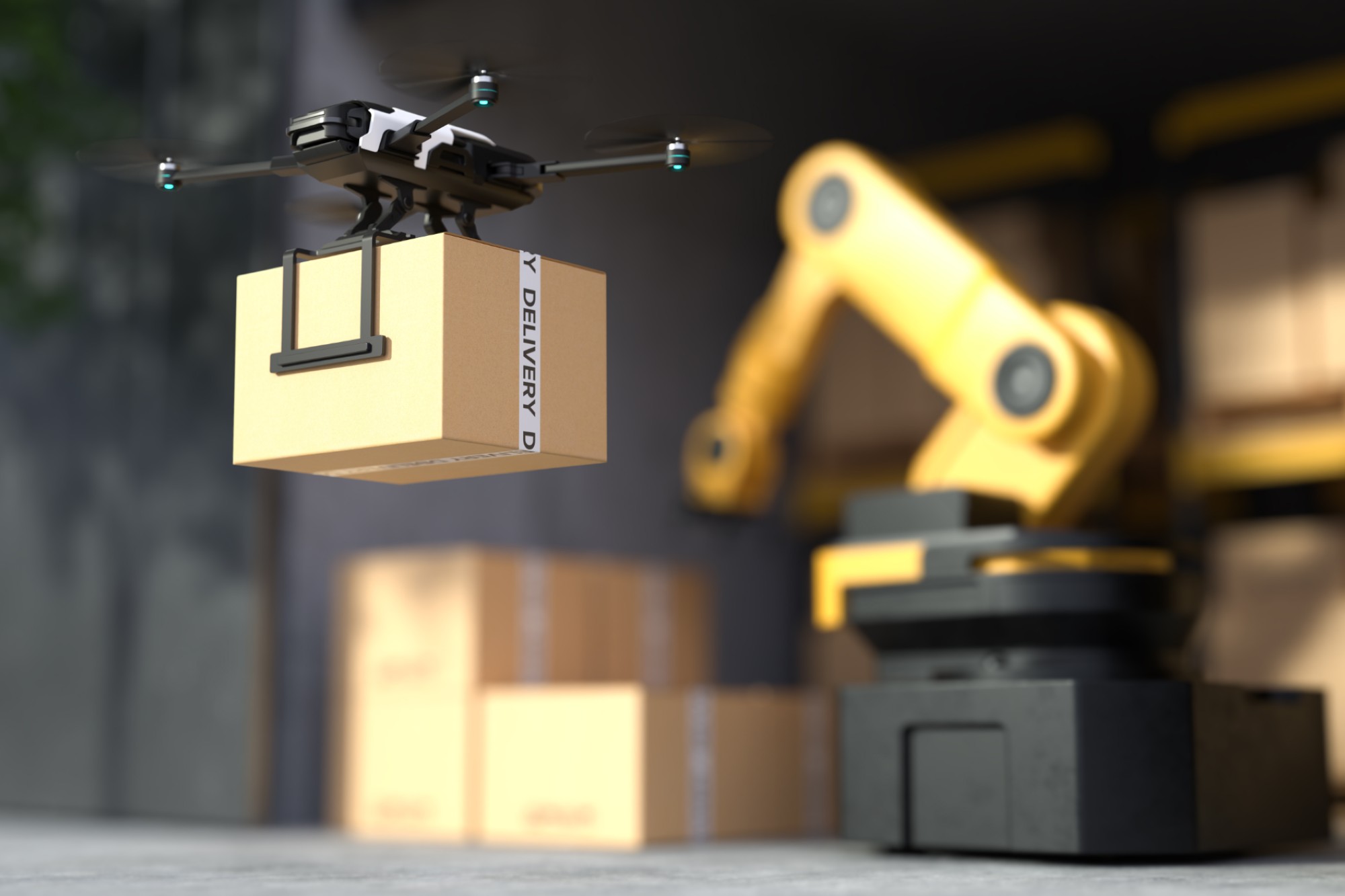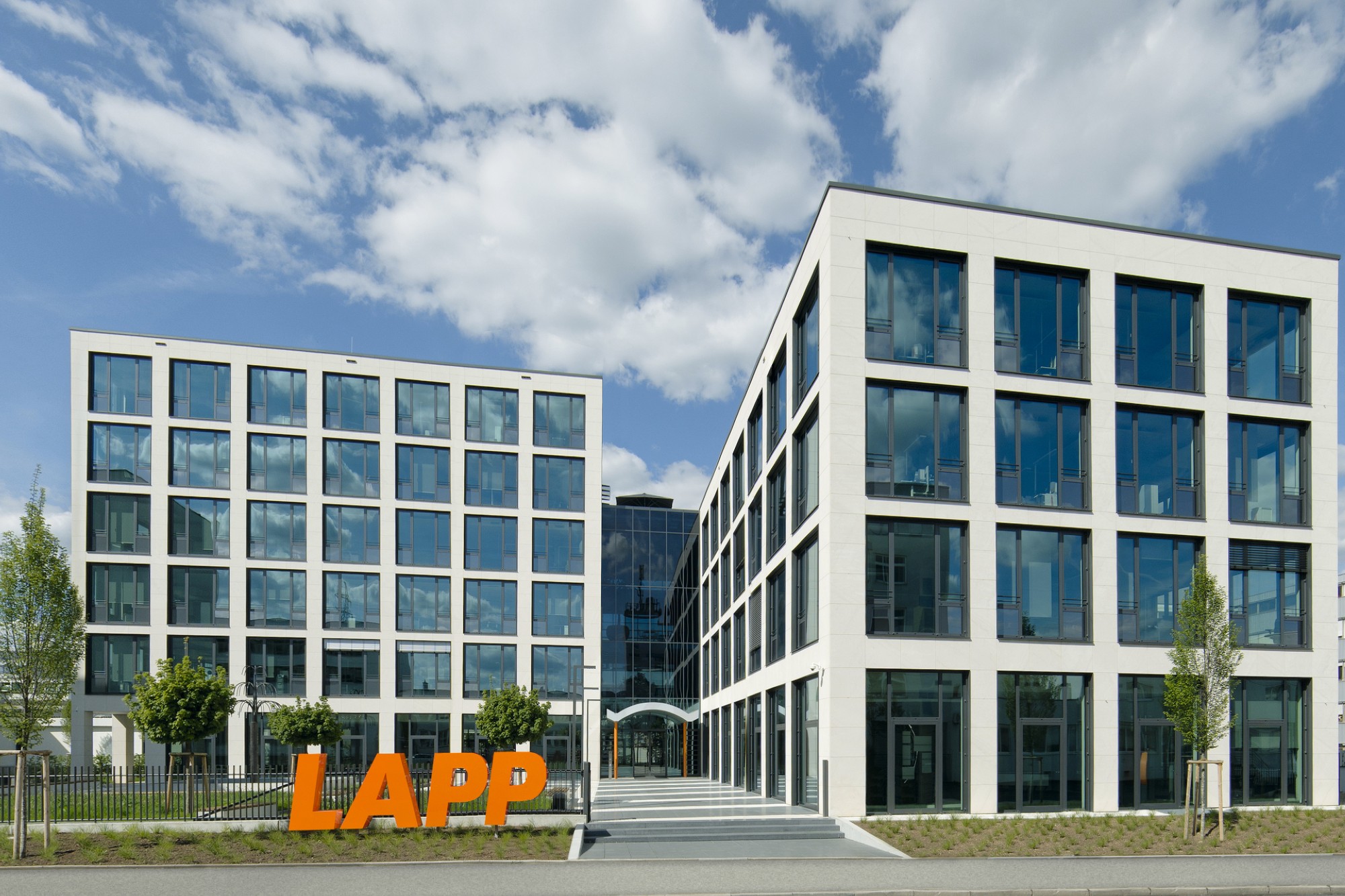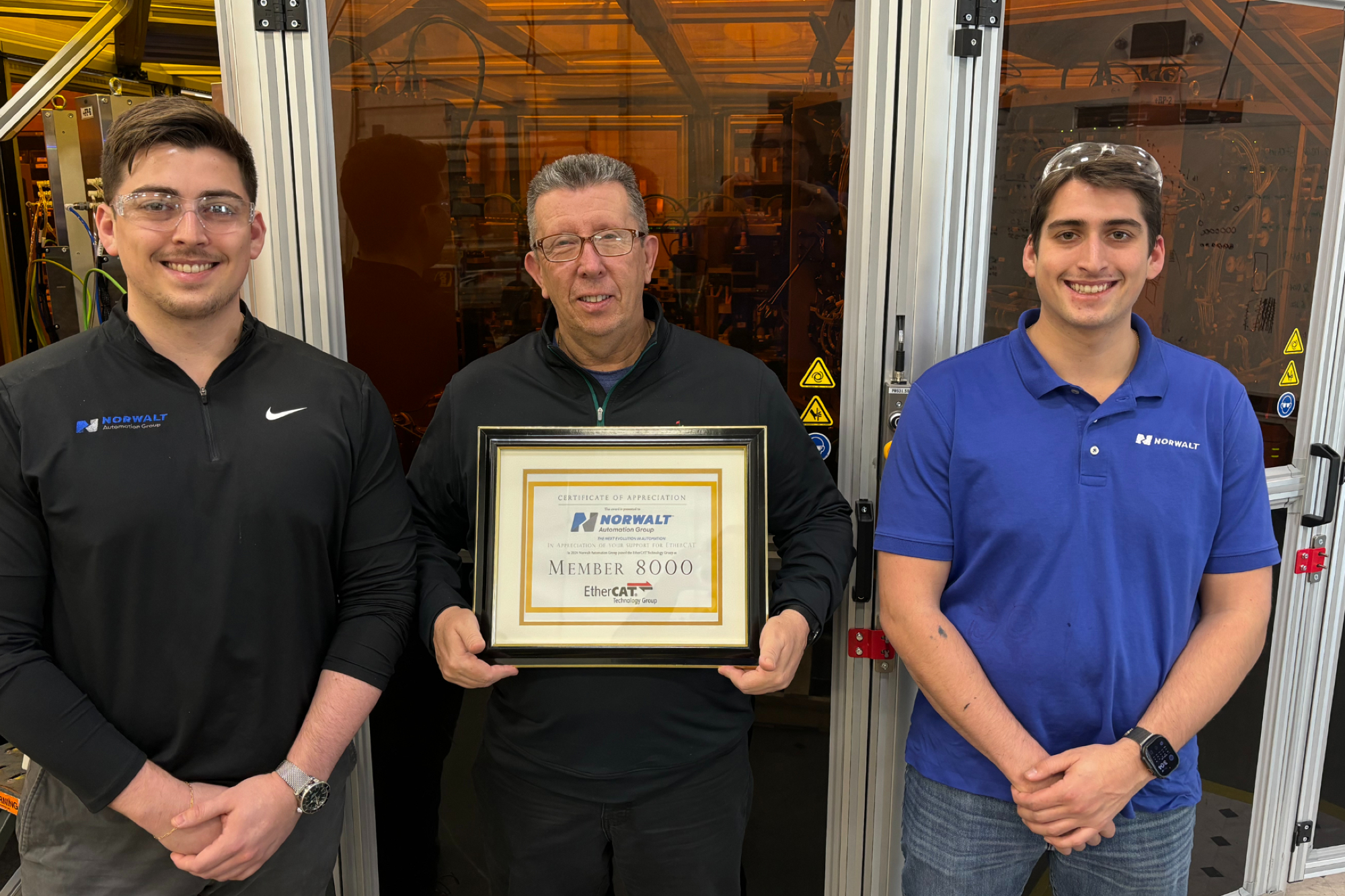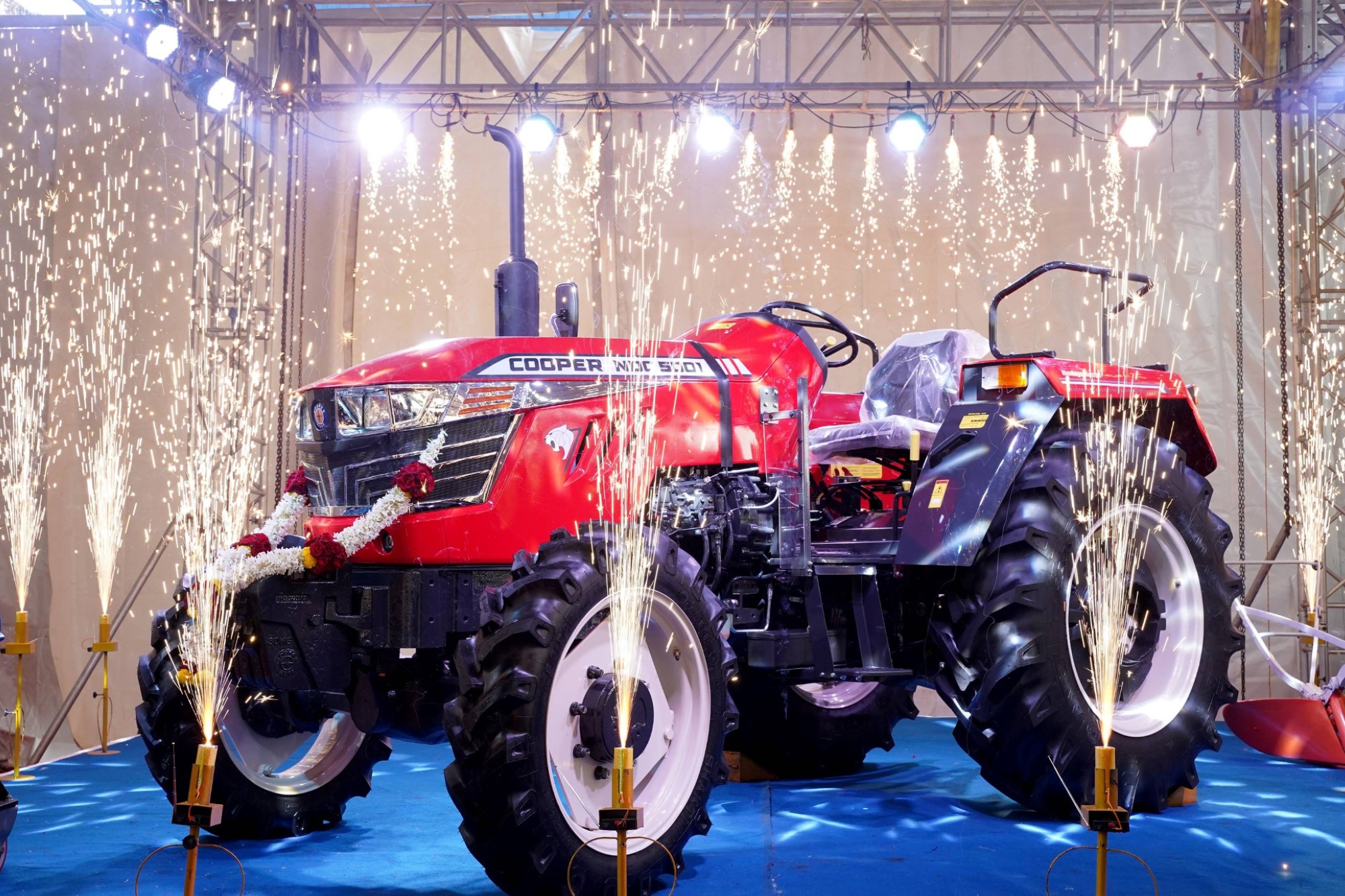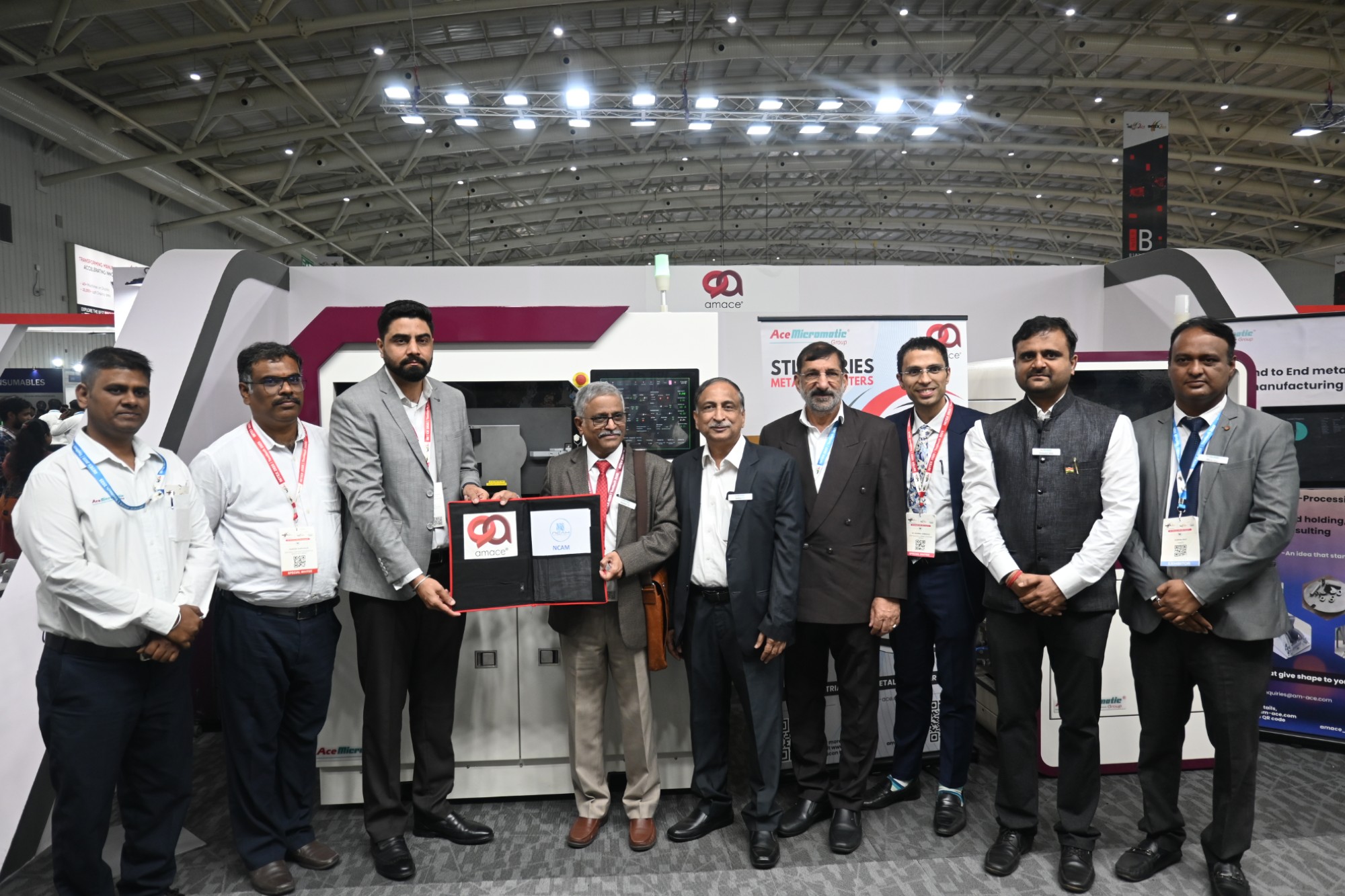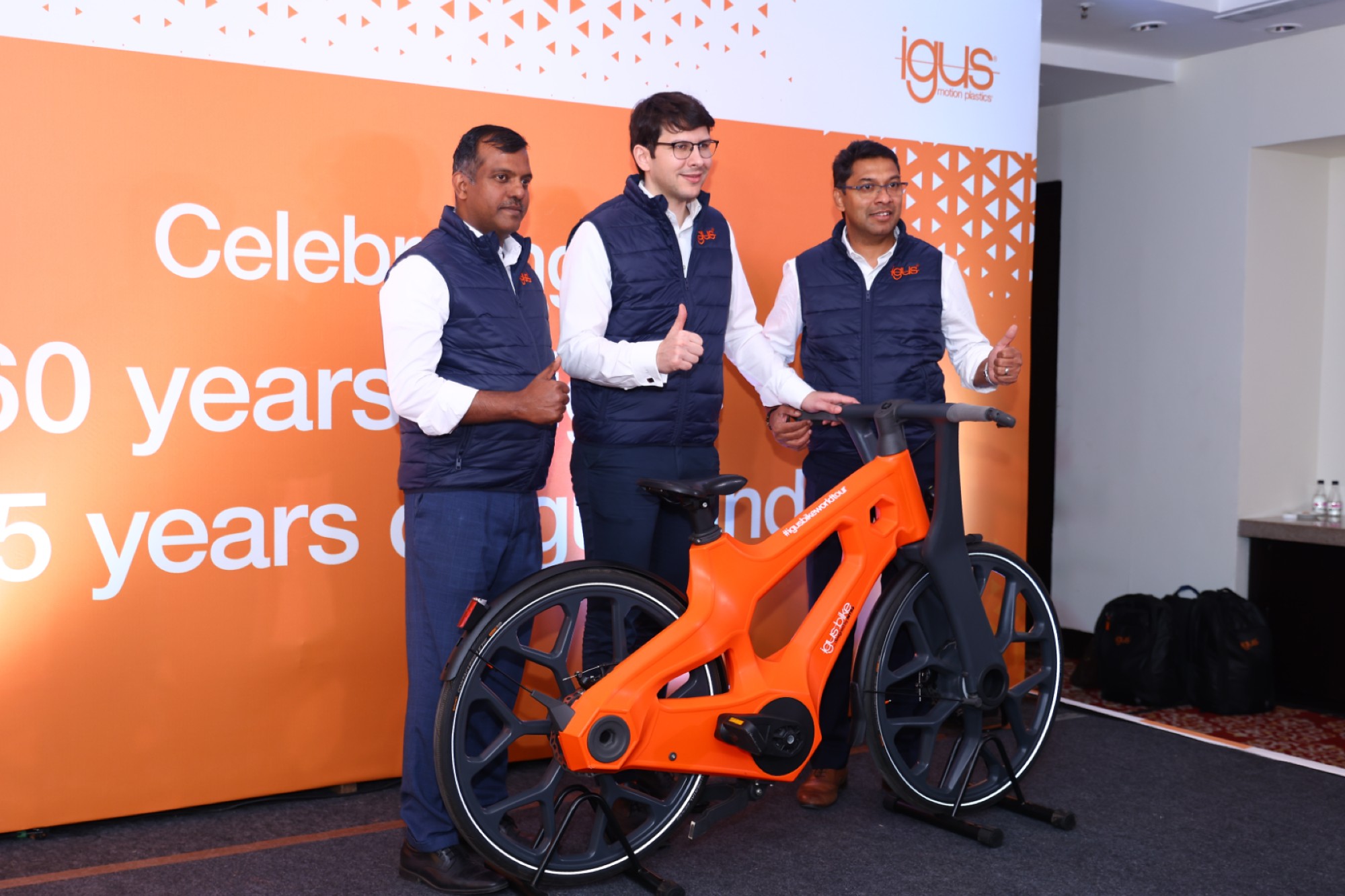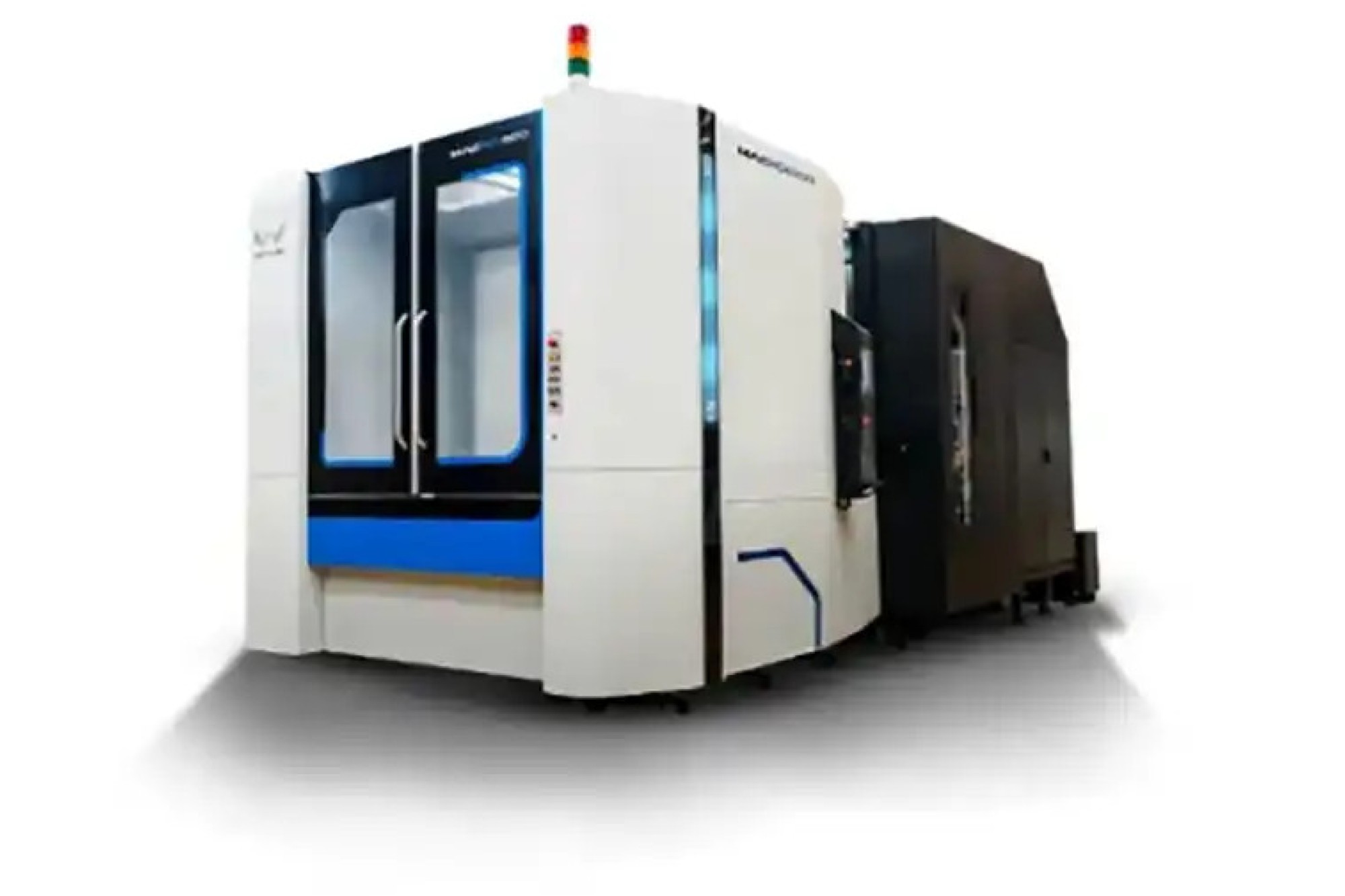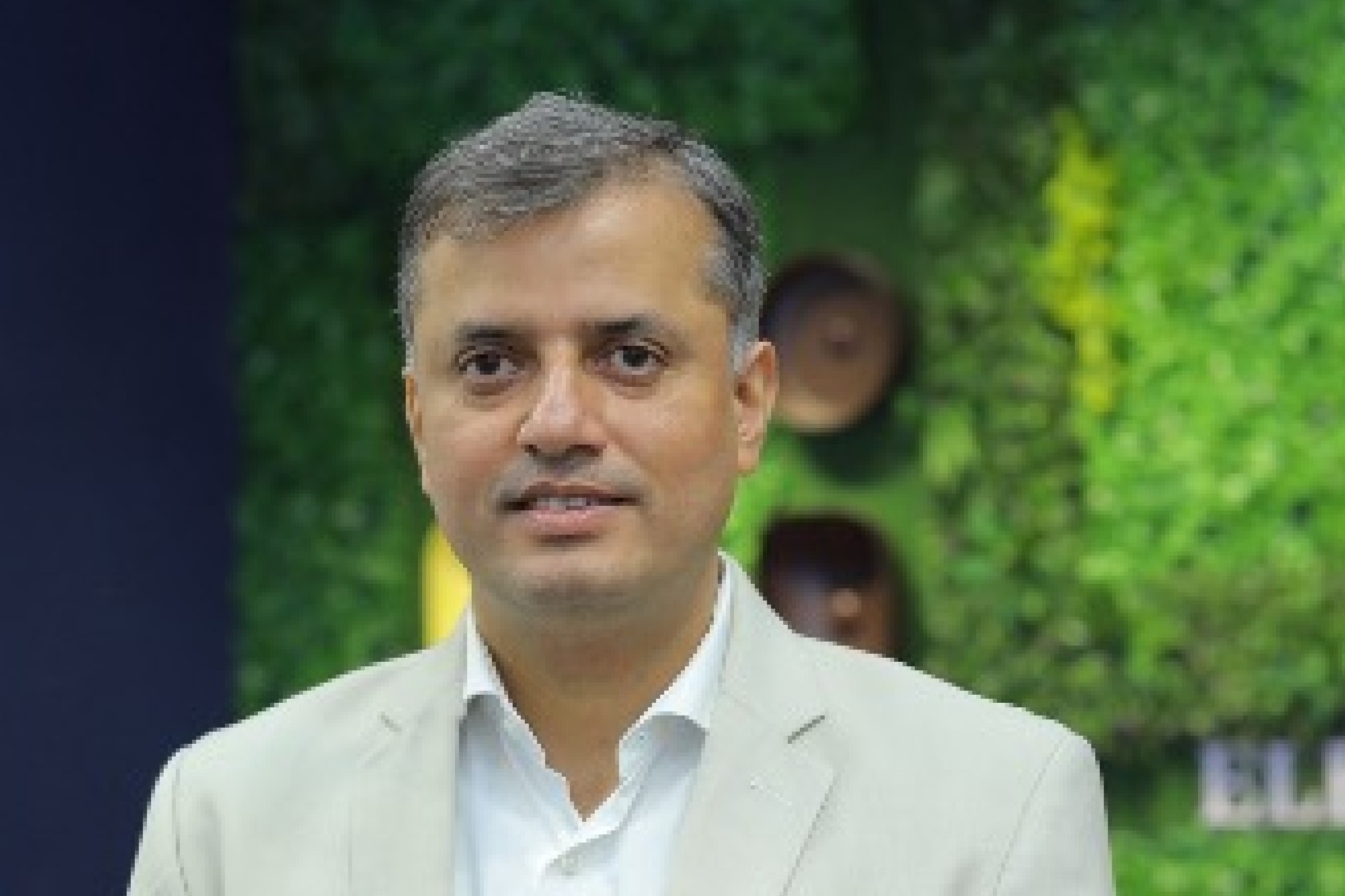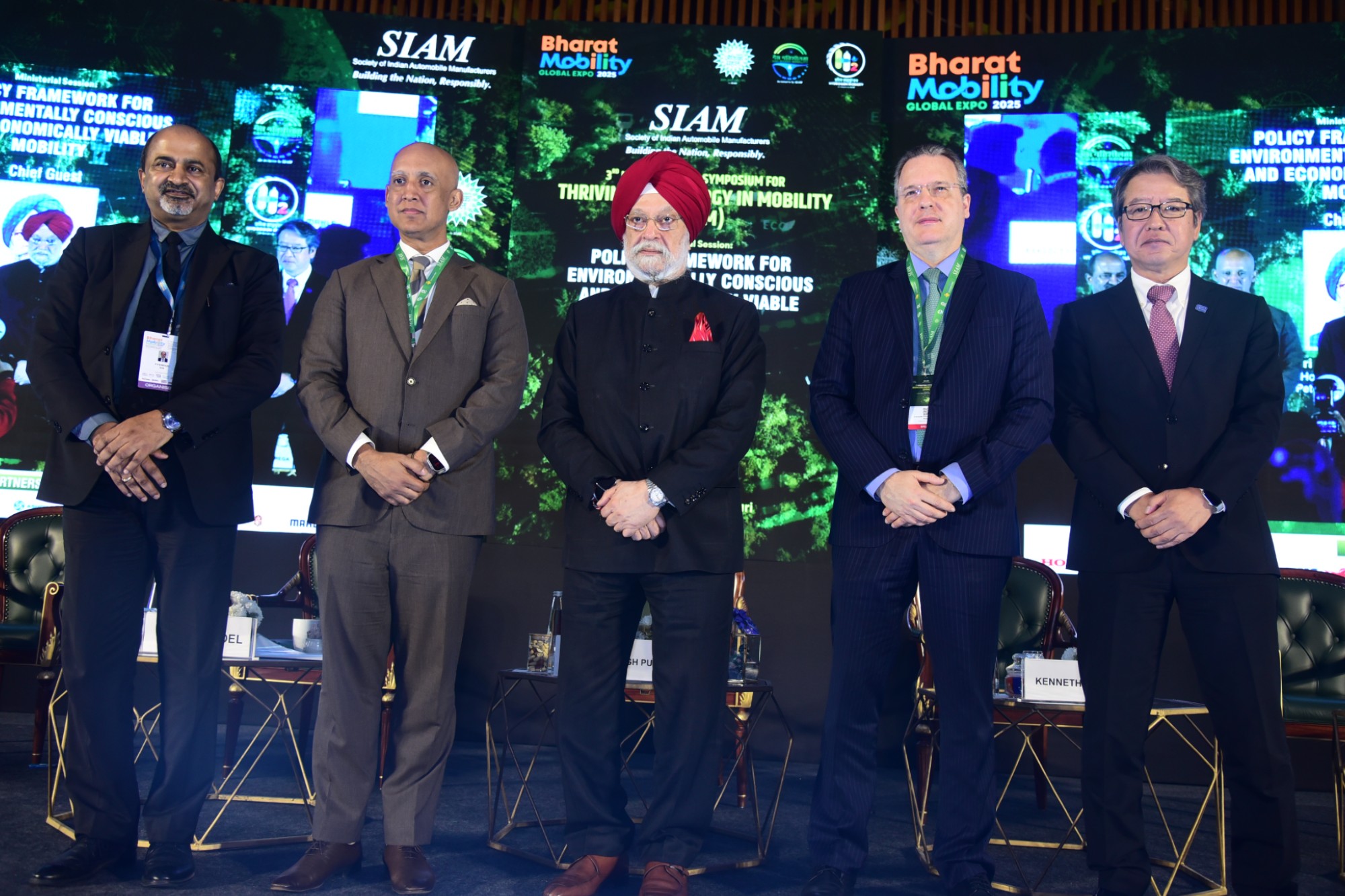‘India would consume 130 mt steel by 2015, and over 200 mt by 2020’
By admin August 19, 2009 4:50 am IST
H & K INDIA
‘India would consume 130 mt steel by 2015, and over 200 mt by 2020’
According to R. K. Markan, CMD, H&K India, India’s ambition to become a Global Power is directly hinged on the amount of steel it consumes. A national authority on rebar codes and recipient of Life Time Achievement Award from the American Concrete Institute, the ‘steel man’ reminisces about a long, memorable journey with Dilip S. Phansalkar
As H&K India celebrates the 25th year of operations, which are the numerous milestones the company has crossed?
I would consider that the change in ‘mindset’ of civil engineers about steel reinforcement bars (rebars) has been our greatest achievement. It was a huge and difficult ‘milestone’ to cross, if I may call it that. That was in 2003 and was possible only because of help from my good friend, the late Ramesh N. Raikar, the most reputed structural engineer of the country. When he was convinced, the country just followed.
The other crucial milestones relate to upgradation of Indian rolling mills through introduction of ‘stop-start shears, ‘stop-start crop shears’, ‘bundling-binding systems’ ‘grip & trough’ tilters for mill automation and of course the introduction of the unique Thermex quenching & self-tempering system and technology. Each one of these was a ‘first’ for the country. While the major steel plants understood the need for upgradation, we really had to struggle in the secondary sector.
It was during the years 1995 to 2002 that we were stumped to find an answer to ‘how does one sell Rs 35 lakh-shears to small rolling mills when they are using shears that cost only Rs 85,000?’ Here, Thermex came to our rescue, because the mills could not use their cheap shears to cut Thermex rebars unless they used our H&K shear (one client learnt it the hard way, but after spending more than the cost of our shear and losing 7 years in the process!). Today, we have more than a 120 shears in operation/under installation.
Has modern technology helped upgrade Indian rolling mills to international standards?
There has been a ‘sea-change’ in the quality of rolling mills that are being set up today against what I saw in 1973. But, we still have a very long way to go before we reach international standards. On a scale of 0 to 10, we are only at about the 5 mark level. Modern technology is available since many years – since 1980 or so – but where are the engineers and skilled workers to use them correctly? A problem in recent years has been the craze by mechanical and electrical (and even civil!) engineers to join large IT and computer companies on account of high salaries and white collar jobs. Thus, the government, with its short-sighted policies, has created a huge void in industry – and in the development of the country.
The rolling mill industry has thus been left with a very large shortage of quality personnel and this has become an impediment to raising Indian mills to international levels. The technology is available, as stated earlier, but not the manpower to run them efficiently. Has anyone ever heard of rolling mills running on a single- or two-shift basis anywhere in the world? It happens only in India where they say “it is essential to operate for not more than 12 or 16 or 20 hours at a stretch because the balance hours are needed for maintenance.” That’s absolute nonsense. Nothing can be more inefficient in the running of a mill. It is a classic way of increasing your production costs.
Would you like to elaborate on the now-famous Thermex quenching technology?
Frankly, Thermex is quite a simple technology and the way it is implemented by us, there is no error, or very negligible possibility of any, in operation. It is simple to operate, worker-friendly and consistently gives desired results. Depending on the particular mill parameters (bar size, speed, temperature and desired properties) we design the Thermex System that is required. All critical equipment for the system are provided by us to ensure that the very first bar is as per desired Thermex standards. The desired length and type of proprietary Thermex quenching pipes are located after the last rolling stand. High pressure water is passed through these pipes and as the hot deformed bar passes through the Thermex pipes it is subjected to intense quenching all round the periphery, whereas there is insufficient time in the pipes for the core of the bar to be affected. Because of the intense quenching, the periphery is transformed to a martensite structure – very hard and brittle. On leaving the Thermex pipes, thermal exchange (the trademark THERMEX is derived from this) takes place between core and periphery. Thus the core heat tempers the hardened periphery and this heat exchange results in a bar with uniform tempered martensite periphery and a ductile core. This gives us rebars with very high strength and excellent ductility (see fig)
Why were you were not in favour of the introduction and use of CTD bars in India?
That is not correct. I was never against the introduction of CTD rebars. This technology was introduced in 1970 or so and at that time I was a Wire Rod Mill engineer employed with Mukand Ltd. It was only after I started visiting Germany on a regular basis in early 1980s, for my collaboration agreement with H&K Germany, that I learnt CTD bars were not allowed to be used in Germany and other developed nations since early 1970s!! That came as a shock to me because India was totally dependent upon the use of CTD bars in RCC construction. Thus began my journey of interacting with civil and structural engineers in the country. Fortunately, on account of my German collaboration, we had an alternative to offer – THERMEX.
How many orders did the company receive in India for Thermex System by the end of June 2009?
By the end June 2009 the figure has crossed 130. Currently, on an average we receive and execute 2 orders each month.
What goals has the company set for increasing Thermex rebar capacity by 2020?
The rebars made in India through the use of THERMEX Systems crossed the 10 million tonne mark on March 31, 2009. That amounts to about 60 per cent market share. By 2020 we estimate India would need about 45 to 50 million tons per year. We hope to maintain our 60 per cent market share or increase it to 67 per cent (one third).
How does H&K India plan to tackle the problem of corrosion of rebars?
That is one grave problem India faces, specially the coastal regions. Epoxy coating has not, in my opinion, given us the correct solution. We have therefore earmarked Rs 10 million for work in this important area and trials are very encouraging.
Why do you feel the Indian rebar code IS: 1786 is not pragmatic and suitable for citizens in India?
I have not come across any rebar code that allows for so many Grades and based on different chemical compositions. For any code to be implemented, it should be easy to comprehend and implement. The new IS: Code 1786-2008 allows for 7 types of rebars with different chemistry. Even with so many variations it does not address the basic requirement for rebars suitable for high seismic hazard areas. India has 60 per cent of its territory falling under seismic zones 3, 4 and 5. The present code allows for lower ductility for Grades of high yield strengths. Actually, for reasons of safety in seismic areas, the ductility level should be high and the same irrespective of yield strength.
Further, one should take into account that 70 per cent of India falls under rural category. When even civil engineers in the 30 per cent urban areas find the code confusing and difficult to implement, can you imagine the situation in rural India?
Against that, the British Code BS: 4449-2005 has only one yield strength of 500 but 3 categories of ductility. Why does India need more than one Yield Strength to be specified – that too by lowering ductility? I, for one, am at a loss to understand the logic. Apparently, we are still stuck up in the CTD mindset and hence we have come up with lowering of ductility with rise in yield strength.
The H&K business model of 1985 is now being followed by many others. What’s so outstanding about the model?
Frankly, there is nothing outstanding about the H&K India business model. It is just simple common sense. India as some excellent machine workshops which can undertake most complicated machining operations. These companies have to follow the various laws of the land – factory act, labour laws, etc. Under these circumstances, I did not see the logic of setting up one more workshop merely to manufacture the specialised H&K German equipment.
Instead, we felt that our engineers should concentrate on engineering, technology, inspection and other worthwhile activities instead of being bogged down with labour and factory laws and associated problems. Let each unit undertake what they are specialised in. There was no point in duplicating facilities that were already available in India. This business model also allowed us to keep our overheads at a low and affordable level. Further, in times of economic downturns it is easier to remain ‘afloat.’
What transformation did the Indian rolling mill scene undergo after introduction of modern mill equipment?
Most importantly, they have become more competitive and are now agreeable to implement and use modern technologies and equipment. They have reaped benefits from the use of equipment mentioned in the answer to your first question and are ready for more such machinery.
How did the Indian mill owners react when first confronted with the new technique for producing high strength rebars?
The problem was only amongst mills in the secondary sector. They were happy and eager to employ Thermex technology, but were not amenable to change their very low shear to one that was essential to cut the quenched Thermex rebar. But 2000 was a turning point and ‘we were on our way.’
What precautions did H&K India take well in advance to combat the economic slowdown?
Frankly, not much. Our business model took care of the problem during the difficult years of 1997 to 2000. Later, when the first mill in the secondary sector took to THERMEX technology, the others just followed. Even in present slowdown we have a ‘full order book.’
How crucial is infrastructure boost for India’s rapid development?
The single MOST IMPORTANT factor. I think we missed the bus in the 1990s. I have repeatedly said that instead of focussing on infrastructure India gave us “cars before roads” and focussing only on the IT and computers industry which we used to develop other countries, not India. China focussed on infrastructure and today their foreign exchange reserves has crossed $2 trillion! IT and computers are essentially tools to improve our industries by making them efficient and reliable, besides reducing manufacturing costs. We used them as tools for increasing our FE reserves and are today paying the price. Every mechanical and civil engineer opted to join such sectors instead of being engaged in India’s growth. I label India as an “under-developed” country as per my norms that were first put out in 2002. Even today, with a per capita steel consumption of around 43 to 45 kg it can only be called “under-developed.” In my reckoning, any country that has a steel consumption of less than 50 kg is ‘‘under-developed’’, 50 to 250 kg as ‘‘developing’’ and over 250 kg as ‘‘developed.’’ The 70 per cent rural areas need to raise their per consumption to 60 kg so that the figure for whole of the country reaches a per capita consumption of 160 kg to 170 kg. Even then, we would be in the ‘‘developing’’ category. Today, even China is just on the verge of going from the ‘‘developing’’ to the ‘‘developed’’ stage. That is why, in the current economic slowdown they are tackling the infrastructure in the neglected rural areas – and there is a lot of that in China. Government policies just cannot be made only for the ‘elite’ urban class, but for the country as a whole. That will be “true inclusive” growth.
What prospects can the Indian steel industry look forward to in the next 5 to 10 years?
I have since many years forecast the steel consumption in India to be about 130 million tonnes (mT) by 2015 and over 200 mT by 2020 – if India is serious about becoming a Global Power. Please refer the estimates for rural and urban India in my 2003 article “India: A Global Power by 2020?” given below. The table also shows why infrastructure is so very important for the country. Whether Indian steel industry will be capable of meeting the challenge is a different question, given the past policy mistakes and the resultant discontent amongst the rural poor. And remember, the iron ore areas fall under the “red-corridor” and we are today witnessing attacks on even police stations across such states. Sad indeed.
Year
Category
Population, million
Population, %
Projected Scenario
000T Steel Consumption
per Capita, kg
2001 census
Rural
741.660
72.22
1,483.32
2.00
Urban
285.355
27.78
25,866.68
90.65
Total
1,027.015
100.00
27,350.00
26.63
2003 projected
Rural
762.345
71.76
1,677.16
2.20
Urban
300.043
28.24
29,492.84
98.30
Total
1,062.388
100.00
31,170.00
Cookie Consent
We use cookies to personalize your experience. By continuing to visit this website you agree to our Terms & Conditions, Privacy Policy and Cookie Policy.




